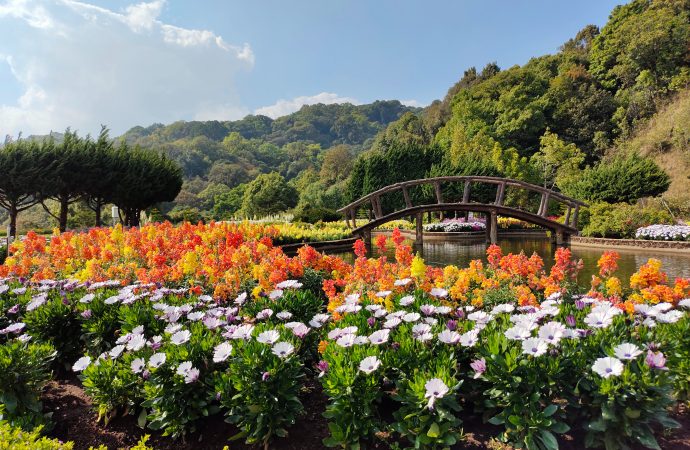Having a garden is a great way to connect with nature and create a welcoming environment for wildlife. But with great power comes great responsibility, and maintaining your garden takes more than just planting and watering. In this article, we’ll explore some tips for keeping your wildlife habitat healthy and happy. Choose native plants Native
Having a garden is a great way to connect with nature and create a welcoming environment for wildlife. But with great power comes great responsibility, and maintaining your garden takes more than just planting and watering. In this article, we’ll explore some tips for keeping your wildlife habitat healthy and happy.
- Choose native plants
Native plants are better suited to your local climate, soil type, and rainfall patterns, which makes them more resilient and less prone to disease and pest infestations. They also provide food and shelter for local wildlife, including pollinators, birds, and small mammals. Some popular native plants include milkweed, goldenrod, coneflower, and black-eyed Susan.
- Avoid chemical pesticides and fertilizers
Chemical pesticides and fertilizers can be harmful to wildlife and disrupt the delicate balance of your garden’s ecosystem. Instead, try natural alternatives like neem oil, insecticidal soap, and compost. You can also attract beneficial insects like ladybugs and praying mantises to your garden to control pests.
- Provide water sources
Water is essential for wildlife survival, especially during hot and dry spells. You can provide water sources in your garden by installing bird baths, ponds, and fountains. Make sure to keep the water clean and free of debris to prevent the spread of diseases.
- Create habitats
Different types of wildlife require different types of habitats. For example, birds need nesting boxes and sheltered areas to hide from predators, while butterflies need host plants for their caterpillars to feed on. You can create habitats for wildlife by adding features like birdhouses, bat boxes, and insect hotels.
- Maintain your garden regularly
Regular maintenance is key to keeping your garden healthy and happy. This includes removing weeds, deadheading flowers, and pruning shrubs and trees. It’s also important to clean up fallen leaves and debris to prevent the buildup of harmful fungi and bacteria.
In conclusion, maintaining a healthy wildlife habitat requires a combination of planning, patience, and effort. By following these tips, you can create a beautiful and sustainable garden that supports local wildlife and provides a peaceful sanctuary for you to enjoy.

















Leave a Comment
Your email address will not be published. Required fields are marked with *